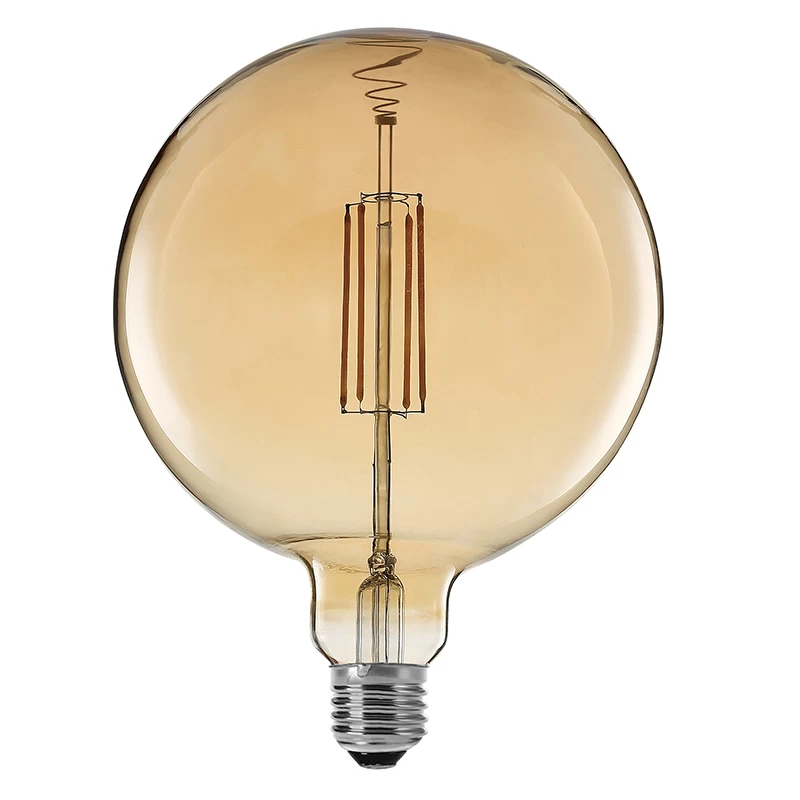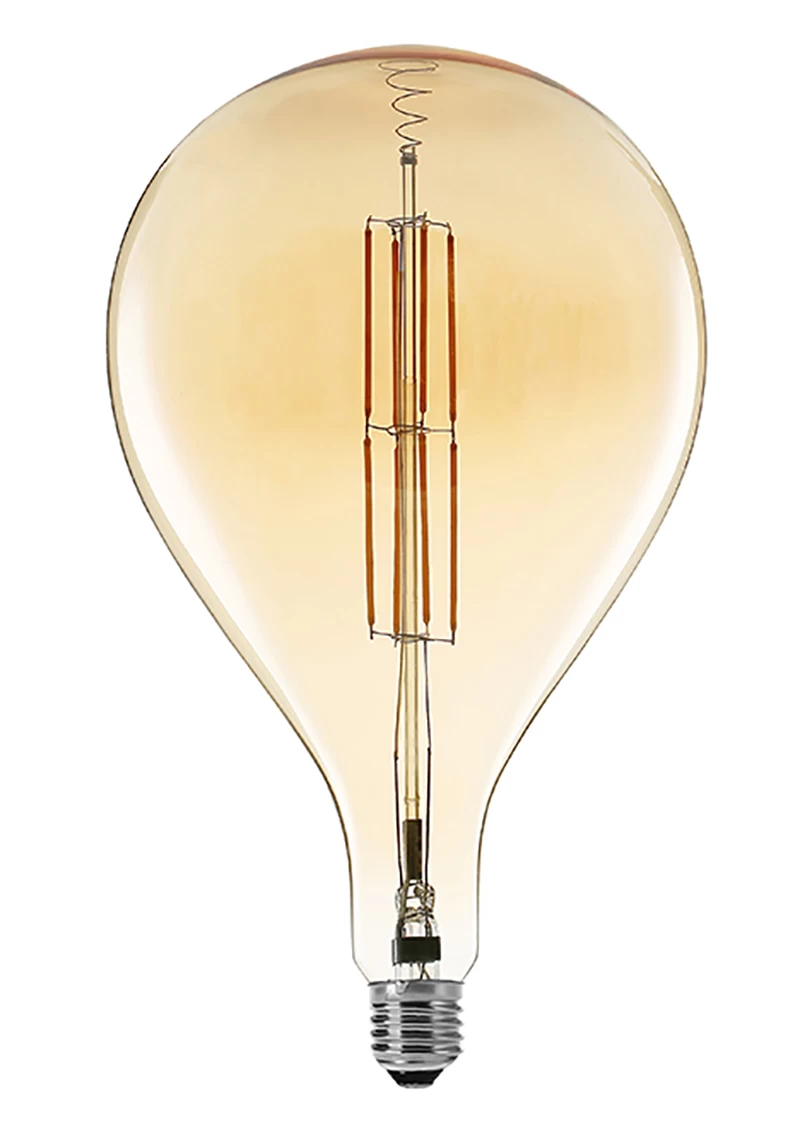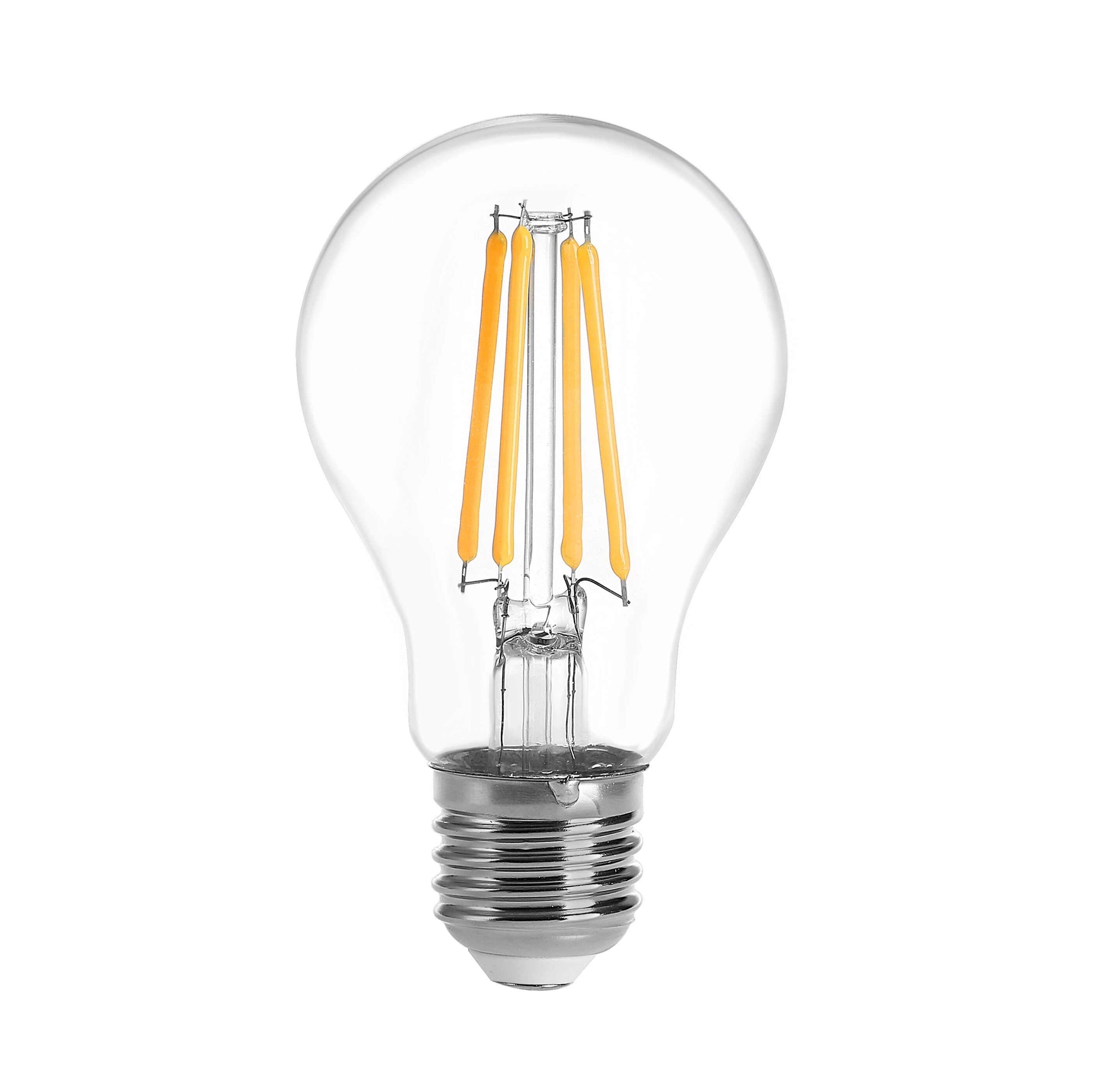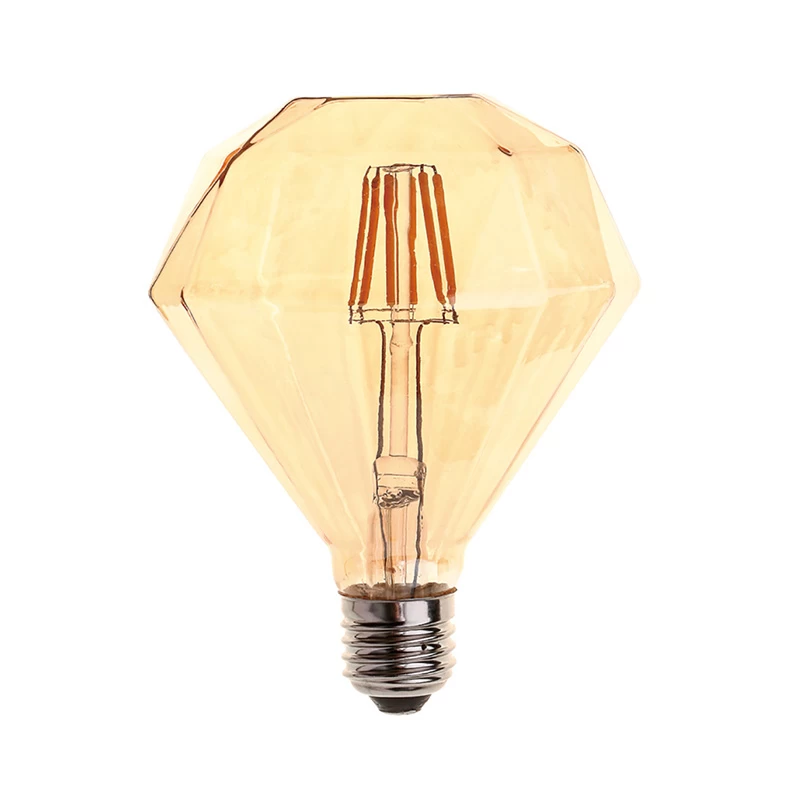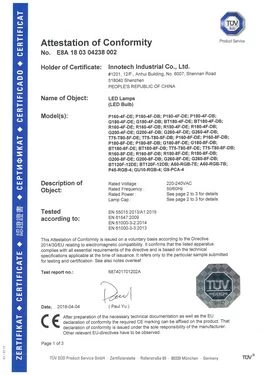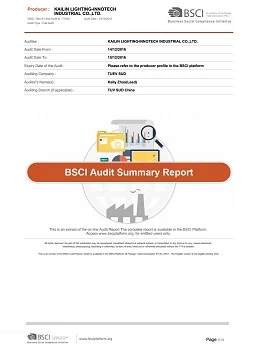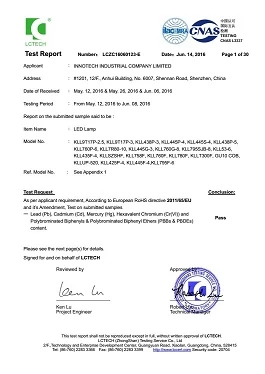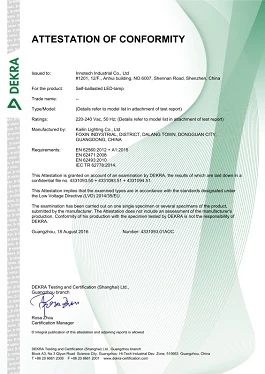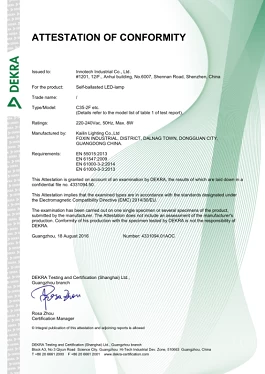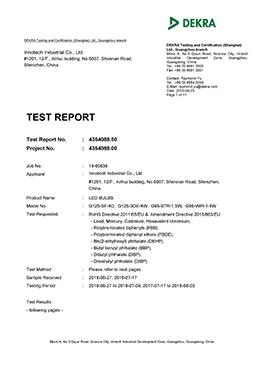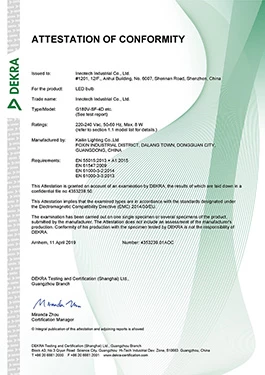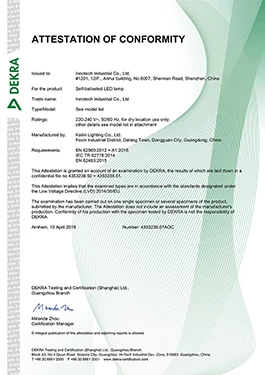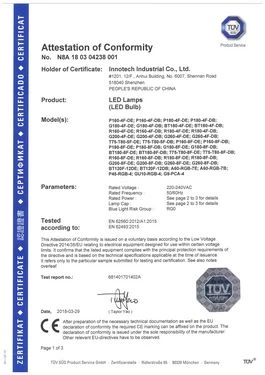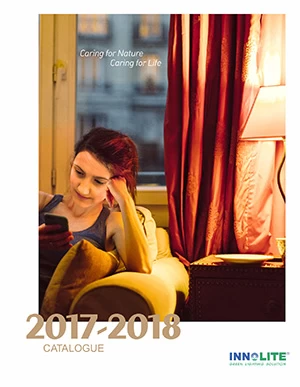Here are a few things to consider when choosing LED light bulbs...
Efficiency, Colour Temperature, Colour Rendering, Heat Output, lifetime, etc.
about two-thirds of the world's people live in light pollution
Innotech
Innotech
2018-09-04 16:33:22
oem LED bulbs supplier china, Glass LED bulbs wholesales china, china LED fliament light bulb manufacturer and supplier
According to a survey conducted by the United States, about two-thirds of the world's people live in light pollution. Two-thirds! What a terrible data this is!
Among all kinds of light pollution, the one we can control most is the light. So, the question is, what are the different effects of different colors of light?
Some counselors said that different lights have an impact on people's mood and heartbeat.
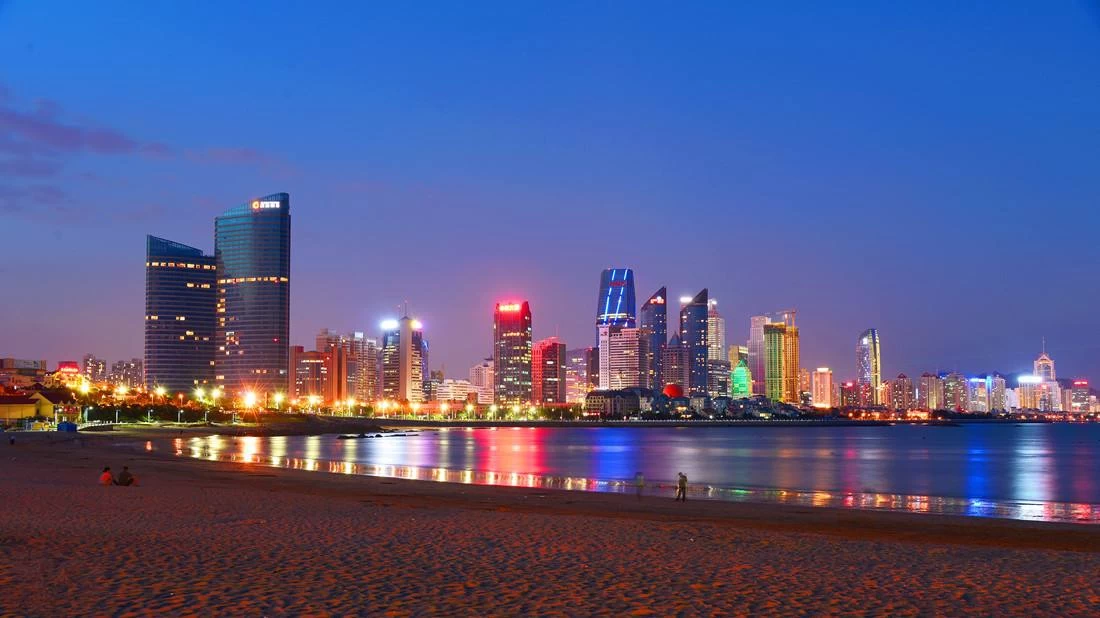
We asked three male and female lab assistants to record their heartbeat every minute under normal conditions, and then illuminate them with red and blue lights to see how their heartbeats changed.
White light
In the white light environment, the three testers' heartbeats per minute were 64, 94, and 84, respectively.
Red light
After three minutes, we can see that the male laboratory assistant has the most heart rate improvement per minute, which has reached 88 per minute.
The heart rate of the other two experimental staff also increased to varying degrees, 99 per minute and 94 per minute.
Blue light
The opposite of red is the blue light, and the blue light color helps people calm down and concentrate.

Similarly, after three minutes, the heart rate of the three lab members was lower than that of the red light. Two of them returned to the heart rate similar to those under the white light, which was 66 per minute and 95 per minute.
And there is also a laboratory tester's heart rate, actually dropped to 77 per minute.
Why does the color of the light affect a person's mood or even a heartbeat? Because the color of the light directly stimulates the vision, and the visual and psychological are related. Although in our daily life, the most exposed lights are nothing more than white or yellow, but from a spectral point of view, they all contain different proportions of blue or red light, such as the office LED white light tube, which is the blue light. .
According to the data of the Chinese Medical Association Ophthalmology Branch, among the 420 million Internet users in China, 63.5% of Internet users have different degrees of eye diseases due to blue light, radiation loss, cataract, and blindness.
In addition to the white light tube, is there any blue light hazard?
That's right, it's our favorite mobile phone. When you play the phone, the distance from Blu-ray is the closest.
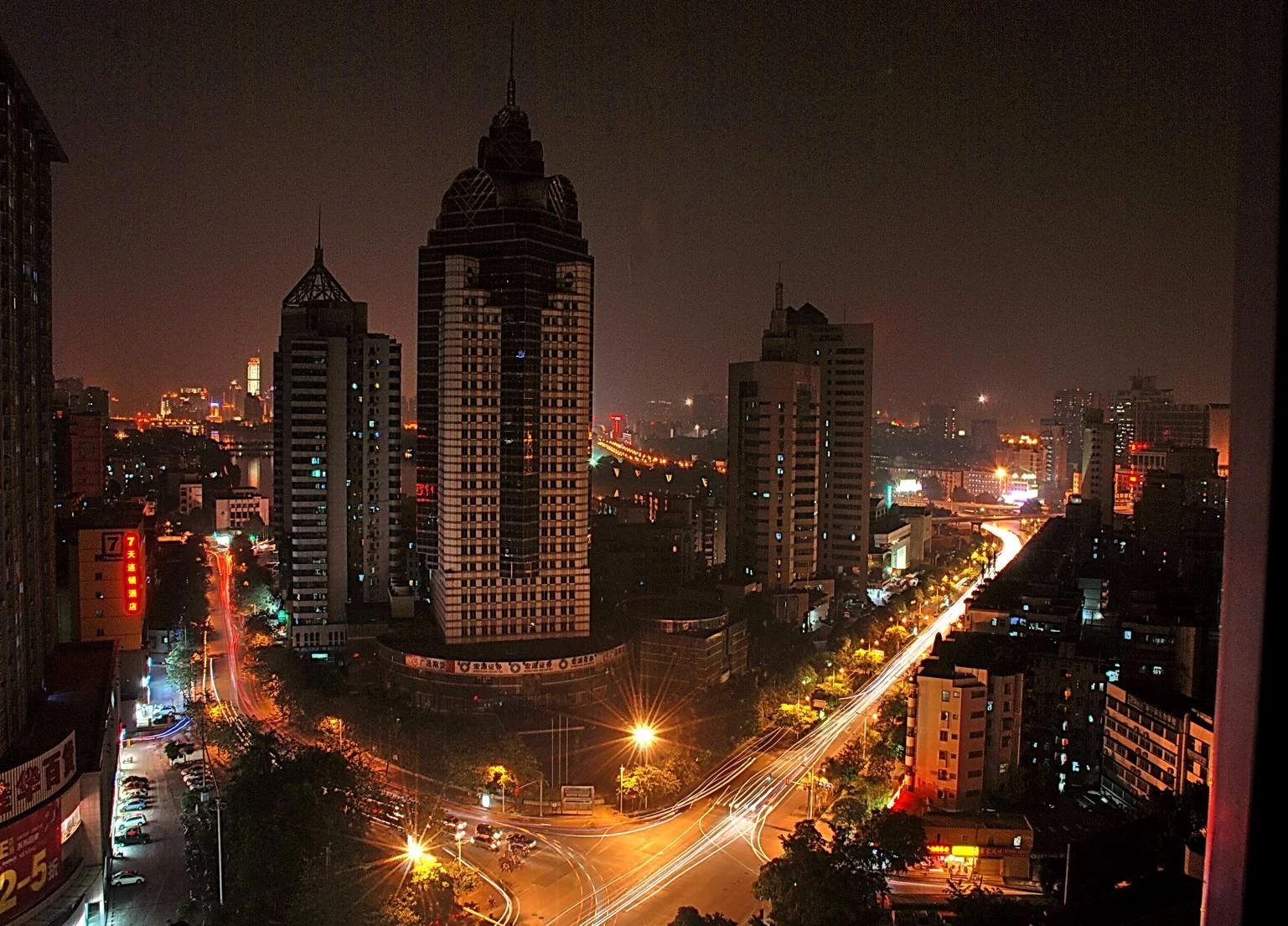
Blu-ray not only affects the secretion of melatonin, but also the damage to the eyes. Especially for students who are in the developmental stage, many students have worn glasses early because of their learning. Nowadays, the blue light emitted by mobile phones is more harmful to the yellow spots of students' eyes.
The macula is directly opposite the structure of our pupil retina and directly receives light from the pupil. The more blue light the macular receives, the more severe its mitochondria is damaged. Over time, it may cause macular lesions.

 +
+




